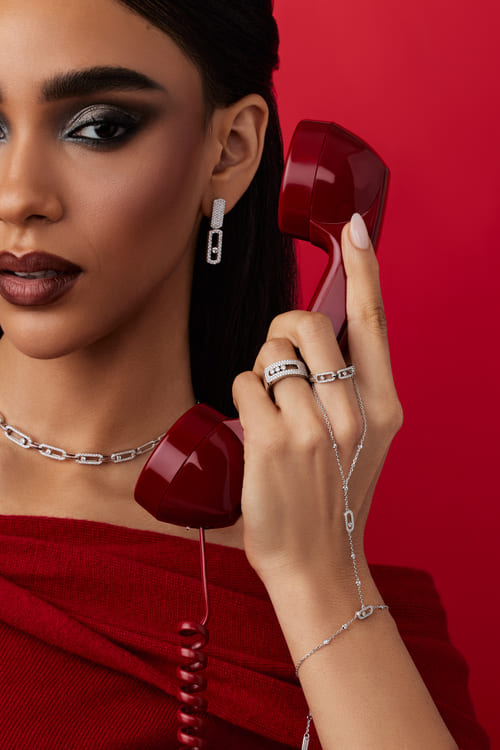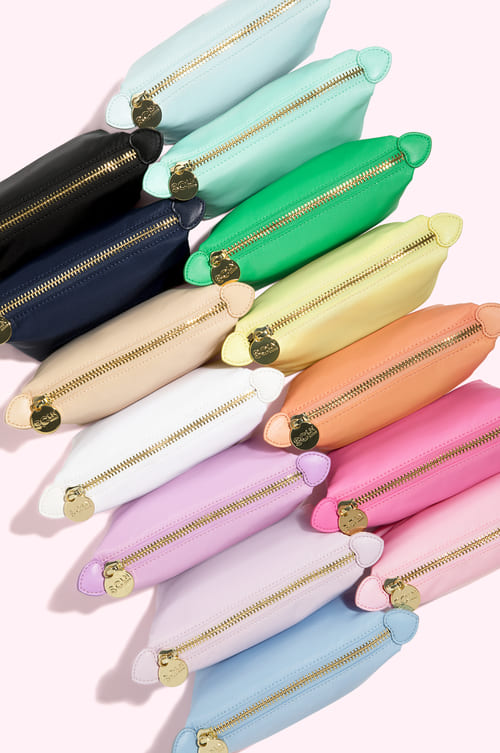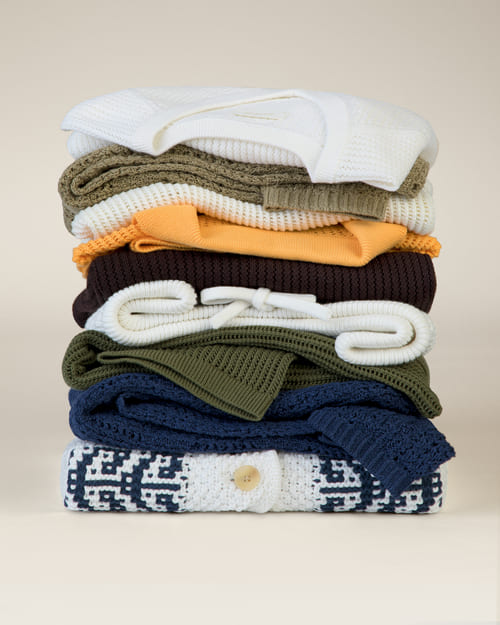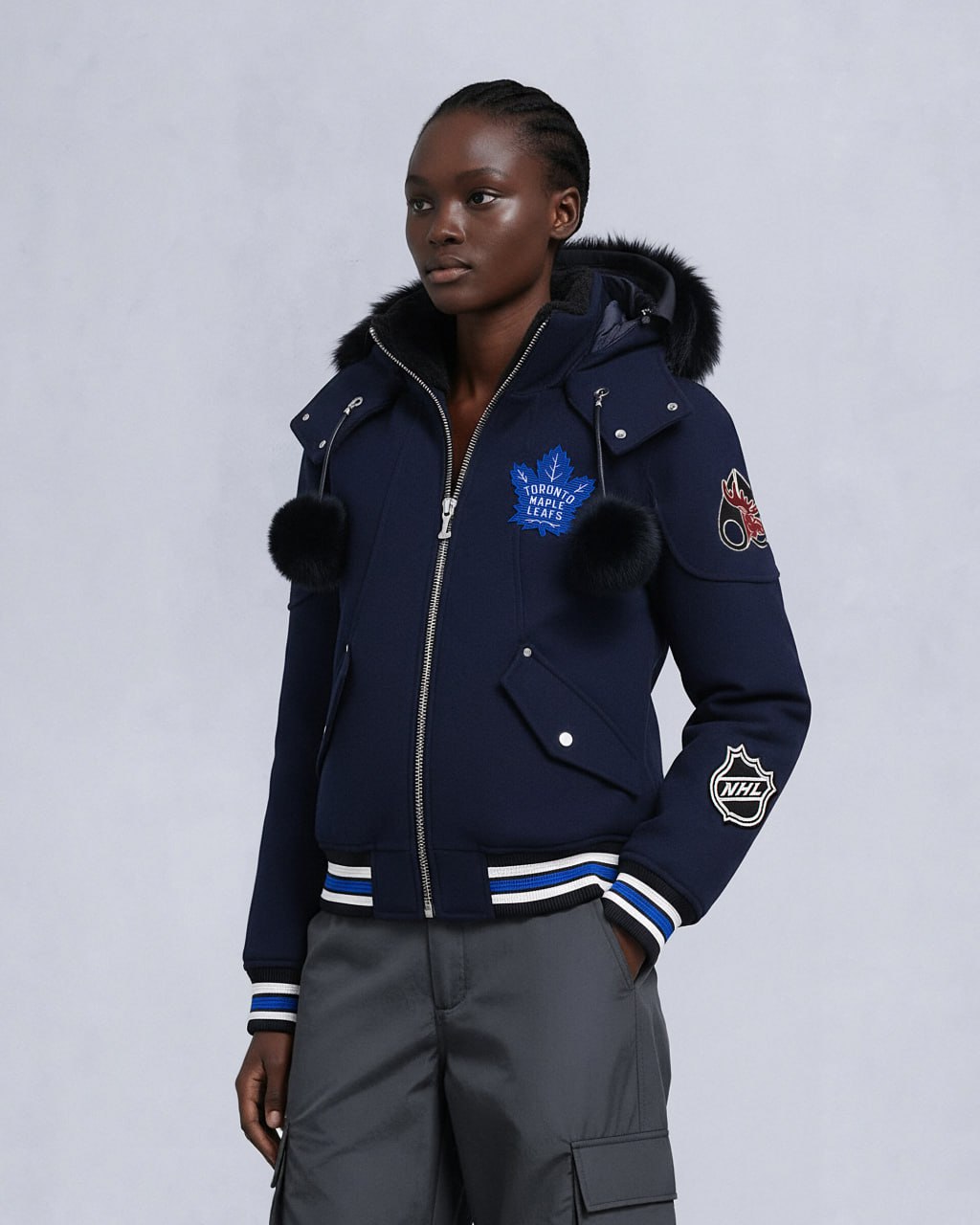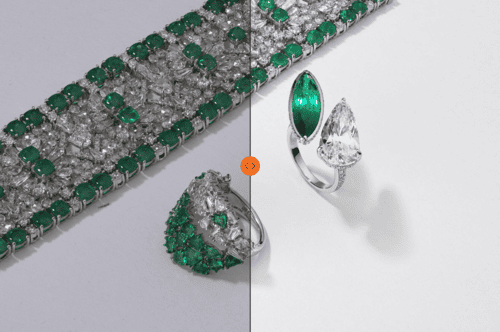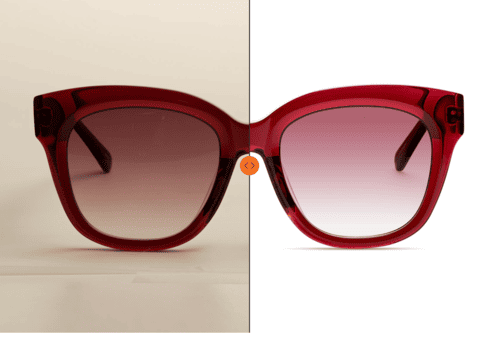Seasonal Marketing Playbook: Plan, Shoot, Launch, Sell
Seasonality reshapes the entire consumer psychology landscape. This is like a silent decision-maker, invisibly guiding customer preferences, purchasing timelines, and product desirability. As a business, understanding these subtle shifts in consumer sentiment isn’t just advantageous — it’s essential for sustained profitability and brand relevance.
Brands that treat seasons merely as calendar checkpoints miss a fundamental truth: consumer buying decisions are emotional and context-driven. The buyer looking for skincare in winter has drastically different motivations from the summer shopper. Similarly, someone considering home decor in spring responds to entirely different marketing stimuli than a fall buyer.
This seasonal marketing playbook is designed to help you deeply understand seasonal shifts and masterfully integrate these insights into your marketing calendar. We'll explore when and how to effectively plan, develop visual content, and launch campaigns tailored specifically for fashion, jewelry, beauty, food, home decor, and tech brands.

The Impact of Seasonal Marketing on Consumer Behavior
Consumer decisions flow, change, and evolve as each season sets in. Successful brands don't force consumers into buying; they anticipate these evolving emotional needs and position themselves accordingly. Let’s break down exactly how consumer behavior and emotional triggers shift seasonally.
Spring Marketing Trends
Spring is the season of rejuvenation. Consumers are driven by an innate desire for renewal, often prompted by warmer weather, longer days, and the natural symbolism of growth and new beginnings. Whether consciously or subconsciously, your audience is primed to seek out products and messaging that embody freshness, optimism, and transformation.
In practical terms, your marketing narrative for spring should be visually fresh and communicate the deeper emotional resonance of "starting anew." To tap into spring’s marketing potential, adopt messaging focused on personal growth or lifestyle shifts. Visual aesthetics should be airy, minimalist, and full of natural light. Campaign storytelling could center on authenticity, sustainability, or gentle encouragement of new habits.
Summer Marketing Strategies
Summer shifts consumer priorities from introspection and renewal toward leisure, freedom, and outdoor social engagement. This is the season where experiences dominate purchases. Consumers spend on travel, gatherings, and social activities, naturally gravitating towards products that complement a lifestyle built around social enjoyment and mobility.
Brands must position their campaigns to align with this consumer mindset. Marketing narratives highlighting travel, social occasions, and vibrant experiences resonate strongly during summer months.
Effective summer marketing visuals should communicate energy, color, and dynamism. Campaigns that embrace user-generated content and lifestyle-driven imagery resonate with consumers who see themselves reflected in authentic, enjoyable summer experiences.
Fall Marketing Campaigns
As summer fades, consumers naturally transition toward routine, familiarity, and comfort. Fall is about a psychological return to stability, productivity, and comfort after the spontaneity and freedom of summer.
Fall visuals and storytelling should reflect warmth, nostalgia, and functionality. The emotional focus should highlight security, stability, and comfort — a sharp pivot from summer’s dynamic experiences.
Winter Marketing Success
Winter uniquely amplifies emotional purchasing. Cold weather naturally draws consumers inward, sparking deeper emotional needs for comfort, indulgence, and generosity. It’s a prime opportunity for brands that effectively tap into luxury, exclusivity, and personal or collective celebrations.
Winter visuals and campaign messaging should emphasize warmth, exclusivity, and intimacy. Emotional storytelling is essential.
Seasonal Marketing Timeline: When to Plan, Create Visuals, and Launch
Effective seasonal marketing is orchestrated months ahead of consumer demand. The brands consistently winning in seasonal campaigns aren’t guessing. They’re tracking data, forecasting trends, and proactively creating visual and narrative content tailored for each seasonal shift. Here’s the precise roadmap your brand needs to achieve the same.
Seasonal Marketing Strategy: Planning & Trend Forecasting (4-6 Months Ahead)
Timing is critical. To avoid scrambling at the last moment, your team needs to anticipate consumer behaviors and plan at least half a year in advance. This lead time allows you to translate consumer insights into actionable strategies rather than superficial last-minute adjustments.
How to strategically plan:
- Consumer Search Analysis: Your customers telegraph their intentions well before purchasing. For example, "best summer skincare" searches peak months before the actual season begins. Leveraging Google Trends and keyword analysis tools gives you a clear, data-driven view of these consumer search patterns.
- Emotional Trigger Alignment: Clearly identify emotional states dominating each season (renewal in spring, indulgence in winter), and map your products and messaging to these sentiments. Avoid generic themes — successful seasonal campaigns tap into specific psychological states unique to each period.
- Historical Sales Data: Past performance isn’t merely reflective; it’s predictive. Analyze prior seasonal campaign data to pinpoint exactly what drove past successes or failures. Which visual approaches resonated? Which messaging fell flat? Use this knowledge to craft sharper, better-informed seasonal strategies.
Planning isn’t guesswork. Your early effort now significantly reduces risks and magnifies your competitive advantage as each season unfolds.
Content Production for Seasonal Campaigns (2-4 Months Before Launch)
With strategic planning complete, the next critical step is producing visual content that communicates your seasonal message with clarity and emotional resonance. While consumers encounter countless brands vying for attention, your visuals set you apart — driving higher click-through rates, improved conversion, and increased brand recall.
Creating seasonally relevant visuals:
- Spring Freshness: Utilize airy compositions, natural lighting, pastels, and minimalist setups that communicate rejuvenation and clarity.
- Summer Vibrancy: Emphasize dynamic, energetic, lifestyle-driven imagery. Outdoor settings, vibrant palettes, and real-life experiences resonate strongly during this season.
- Fall Coziness: Create visuals steeped in warmth, texture, and comfort. Layered styling, earthy tones, and relatable lifestyle contexts resonate deeply with fall audiences.
- Winter Indulgence: Produce visuals that communicate exclusivity or emotional warmth. Rich textures, festive styling, and intimate atmospheres best engage winter buyers.
Branding Updates:
Refresh your website imagery, packaging designs, and social media templates to visually reflect each new season’s personality. Consistency across channels reinforces your narrative, deepening consumer connection.
PR & Influencer Alignment:
Collaborate early with PR agencies and influencers who genuinely embody the emotional tone of the season. Authentic alignment ensures credibility and amplifies reach.
SEO Optimization for Seasonal Pages:
Your product collections and promotional landing pages must be optimized months before consumer searches peak. Focus on capturing high-intent, seasonally specific queries ("best holiday gifts for her," "luxury winter skincare") and reinforce with targeted paid ad campaigns
Launching Seasonal Promotions & Campaigns (1-2 Months Before Season Starts)
Now, with strategic planning and content creation in place, your launch must be expertly timed for maximum engagement and conversions. Successful seasonal marketing launches intentionally shape consumer expectations and buying urgency.
Key launch tactics:
- Email & Social Media: Trigger early anticipation and urgency. For winter campaigns, emails highlighting exclusivity and limited availability resonate best. Conversely, summer emails showcasing experiential benefits drive stronger results. Tailor your approach distinctly for each season’s emotional state.
- Implement Seasonal Conversion Triggers: On your website, use subtle but effective triggers to increase conversions. Each trigger should precisely align with the psychological mindset dominating the current season.
- Test and Refine Conversion Strategies: Continuously A/B test headlines, calls-to-action, and visuals. Consumers shift preferences seasonally; even minor refinements can significantly boost your conversion rates. Data-informed adjustments outperform static assumptions.
Seasonal Marketing Strategies Examples by Industry
To truly leverage seasonality, it’s crucial to move beyond surface-level tactics and look deeply into consumer analytics and real-world behavior.
Fashion & Accessories: How Seasonal Trends Shape Marketing Campaigns
Spring: According to Google Trends, consumer searches for terms like “capsule wardrobe” surge by 72% from February to April. This indicates a consumer mindset oriented toward simplification and renewal. Brands like Everlane capitalize on this by showcasing versatile basics with clean, minimalistic visuals — crisp lighting, soft shadows, pastel backgrounds — to underline freshness and simplicity.
- Visual Content to Produce: Minimalist lookbooks, short-form video reels showing versatile styling, behind-the-scenes sustainability-focused production videos.




Summer: Behavioral data reveals that Instagram content tagged with "#vacationoutfits" sees a 300% increase in engagement from June to August. Fast-fashion brand Zara successfully aligns campaigns around travel themes, using vibrant outdoor lifestyle imagery depicting real-life scenarios like beach gatherings or city exploration.
- Visual Content to Produce: Lifestyle campaigns, Instagram story takeovers with UGC influencers’ content, and vibrant short videos showing products used in outdoor/travel contexts.



Fall: Data shows consumer search terms like “layered outfits” spike significantly in August–September. Consumers shift toward routine-focused practicality. Madewell leverages this with warm, cozy visuals, featuring lifestyle imagery that clearly communicates comfort, layering, and functionality.
- Visual Content to Produce: Lifestyle photography capturing authentic home or work environments, short-form tutorials showcasing styling tips.




Winter: Luxury fashion brands achieve 40-60% higher conversions during winter by using storytelling that emphasizes exclusivity and limited availability (McKinsey Luxury Report, 2023). Gucci, for example, creates visuals highlighting sophisticated gifting, luxurious textures, and stunning set design.
- Visual Content to Produce: Editorial-style gift guides, luxury lookbooks, still life emphasizing indulgence and gifting.
Jewelry Marketing: Seasonal Buying Trends & Emotional Triggers
Spring: Pinterest reported searches for “dainty jewelry” rise approximately 65% from February to March annually. Consumers respond positively to delicate designs and soft aesthetics. Brands like Mejuri highlight subtle, nature-inspired visuals with bright lighting and botanical elements, reinforcing the theme of personal renewal.
- Visual Content to Produce: Close-up lifestyle shots with natural elements (flowers, leaves), short-form videos showcasing craftsmanship, GIF animations emphasizing delicate aesthetics.



Summer: Searches for “travel-friendly jewelry” increased by over 45% in June–July. Monica Vinader aligns its marketing to summer by visually positioning minimalist, durable pieces in vibrant, vacation-inspired lifestyle imagery.
- Visual Content to Produce: Influencer travel partnerships, Instagram reels or short TikTok videos showing jewelry in dynamic travel scenarios, visual tutorials showcasing durability or versatility.



Fall: Consumer demand for personalized jewelry (engraved, birthstone pieces) spikes in early fall, as shown by Etsy’s annual trends report (2024). Emotional resonance and personalization storytelling help convert significantly higher.
- Visual Content to Produce: Short storytelling videos of personalized gifting moments, emotive product imagery highlighting warm metals (gold, rose gold), seasonal lifestyle images (family, intimacy-focused visuals).




Winter: Diamond and luxury jewelry-related search terms consistently peak around November and December. Tiffany & Co.’s holiday campaign famously leverages powerful storytelling visuals centered on gifting and intimate relationships, driving year-over-year double-digit sales growth.
- Visual Content to Produce: High-quality videos emphasizing gift presentation, professional photography of luxury packaging, emotional storytelling campaigns focusing on relationship milestones.
Beauty & Skincare: Seasonal Marketing & Consumer Psychology
Spring: Google Trends indicates a 55% increase in searches for "vitamin C serums" and "skin brightening" in March–April. Strategy: Position products around freshness, rejuvenation, and brighter complexions. Visual Content:
|
 |
 | Summer: According to Pinterest Predicts, searches for “oil-free moisturizer” and "melt-proof makeup" spike 65% from May–July. Strategy: Emphasize sweat-proof reliability and protection. Visual Content:
|
Fall: Data from Amazon’s Beauty Trends report shows a 40% spike in searches for “hydrating skincare” and "skin barrier repair" starting in late September. Strategy: Comfort-driven, protective messaging focusing on repairing summer skin damage. Visual Content:
|  |
Winter: NielsenIQ reports a 70% increase in premium skincare sales during November–December.
Strategy: Luxury-focused, indulgent narratives positioning skincare as a gift or personal luxury.
Visual Content:
- Elegant, festive imagery emphasizing luxury packaging
- High-quality videos showcasing gifting experiences
- Professional flat lays styled for premium gift guides
Food & Beverage: How Seasonal Moods Drive Consumer Choices
Spring: Searches for "detox smoothie recipes" and "healthy breakfast ideas" spike around 60% in March, according to Google Trends. Strategy: Promote rejuvenation and healthy living. Visual Content:
|  |
 | Summer: Statista notes a 45% increase in consumer spending on beverages marketed for outdoor activities in June–August. Strategy: Lifestyle-oriented promotions for beverages and snacks ideal for outdoor entertainment. Visual Content:
|
Fall: Pinterest data reveals “comfort food recipes” searches jump 120% from September–November. Strategy: Emphasize comfort, nostalgia, and home-cooking warmth. Visual Content:
| 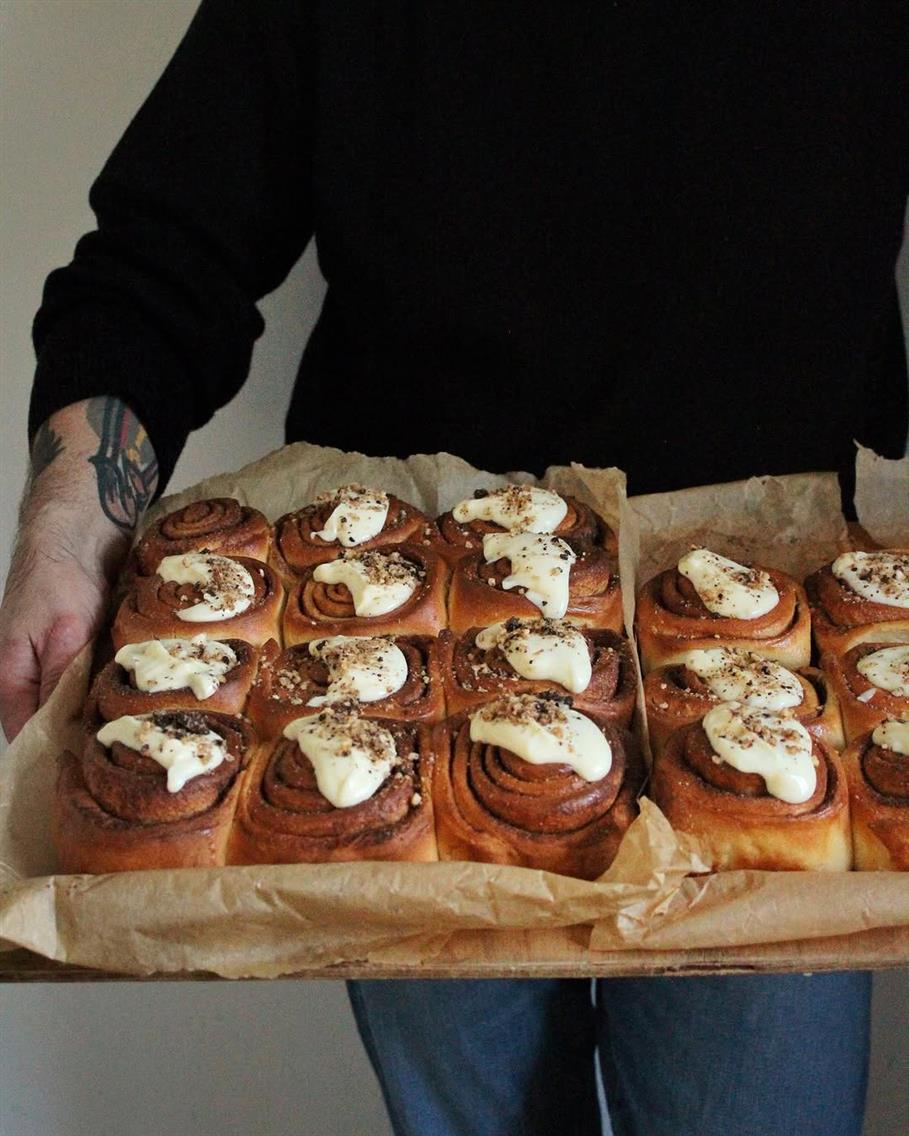 |
 | Winter: Nielsen shows 80% of consumers indulge more during the holidays. Strategy: Premium indulgence, celebration-oriented messaging. Visual Content:
|
Home Decor & Furniture: Seasonal Demand & Marketing Strategies
Spring: IKEA’s data shows a 35% rise in searches related to organization and minimalist decor in March. Strategy: Promote "declutter, refresh, renew" campaigns. Visual Content:
|  |
 | Summer: Google search trends indicate outdoor decor and patio furniture searches increase 50% between May–June. Strategy: Outdoor entertainment and relaxed home lifestyles. Visual Content:
|
Fall: Searches for “cozy decor ideas” surge 65% in October. Strategy: Hygge, comfort-oriented messaging. Visual Content:
|  |
 | Winter: Deloitte (2024) notes home decor gifting surges around holidays, driving a 50% increase in average basket value. Strategy: Emphasize nostalgia, premium gifting, and cozy, festive atmospheres. Visual Content:
|
Tech & Gadgets: Seasonal Shopping Trends & Consumer Behavior
Spring: Search volume for “home office upgrades” and “spring cleaning tech gadgets” peaks by 45% in March.
Strategy: Market tech as tools for productivity and wellness.
Visual Content:
- Videos demonstrating productivity tech in home offices
- Bright imagery showcasing organization-focused gadgets
- Visual tutorials on home optimization with smart devices
Summer: Tech marketplaces see up to 90% growth in portable device sales between May and July.
Strategy: Focus on mobility and outdoor functionality.
Visual Content:
- Action-packed lifestyle imagery (beach trips, hiking, outdoor events)
- Short-form demo videos highlighting durability and portability
- Influencer-generated travel content showcasing product versatility
Fall: Deloitte (2024) confirms a 45% jump in laptop and tablet sales during August’s back-to-school period.
Strategy: Position tech products as essentials for productivity.
Visual Content:
- Real-life scenarios of students or professionals using gadgets
- Short-form video content highlighting practical features
- “Back-to-school” product comparison visuals



Winter: Tech sales spike by 70% in November–December due to premium gifting.
Strategy: Luxury gifting and premium tech positioning as Dyson does.
Visual Content:
- High-quality, aspirational gifting scenarios
- Cinematic unboxing experiences
- Luxury product close-ups
Why This Matters for Your Brand
Industry-specific analytics and tangible visual content examples help you make informed strategic decisions, avoid generic approaches, and significantly enhance consumer resonance. This approach ensures your seasonal campaigns are data-driven, visually captivating, and emotionally impactful — translating directly into stronger engagement and higher conversions.
Common Mistakes in Seasonal Marketing
Underestimating Consumer Emotions And Motivations
Each season has deeply rooted psychological triggers. Brands that ignore these emotional cues risk creating disconnected messaging, ultimately diluting engagement and sales potential.
Real example & insights: In spring, many skincare brands mistakenly market product features (like moisturizing creams) without explicitly linking messaging to the consumer’s emotional desire for renewal. Brands like Caudalie succeed by centering campaigns explicitly around renewal narratives, highlighting not only product benefits but emotionally appealing language and visuals ("rejuvenate," "refresh," "new start").
Reusing the Same Visual Content Throughout the Year
Using identical or overly similar visuals across seasons conveys detachment and a lack of brand awareness. Consumers subconsciously associate visual aesthetics with seasonal moods and needs.
Example: A home decor brand that uses bright, summery visuals during fall or winter reduces emotional resonance and lowers conversion potential. IKEA counters this by carefully tailoring visuals for each season — bright and airy for spring, cozy and warm for fall, festive and inviting for winter.
Solution:
- Plan quarterly photoshoots tailored explicitly to seasonal visual styles.
- Adjust website visuals and social media imagery in alignment with these quarterly themes.
Ignoring the Timing of Seasonal SEO and Paid Advertising
Too many brands launch seasonal ads too late — after search peaks. Google data reveals searches related to seasonal topics (e.g., "holiday gift ideas") peak weeks before most brands launch their seasonal campaigns, causing lost traffic and revenue opportunities.
Example: Searches for “summer skincare essentials” peak as early as May, yet many beauty brands delay their marketing until June or July. In contrast, experienced brands launch early, capturing a greater share of organic traffic through well-timed SEO and paid advertising.
Solution:
- Regularly analyze seasonal search data (via Google Keyword Planner, Surfer, or SEMrush).
- Launch seasonal landing pages and optimized ads at least 1–2 months ahead of demand peaks.
How to Stay Ahead in Seasonal Marketing
To stay ahead of competitors in seasonal marketing, consider these proven approaches backed by successful brands and data-driven tactics:
Go Beyond Product-Focused Messaging
Successful seasonal campaigns are built on emotional narratives, not merely on product features. Identify emotional triggers specific to each season and weave them into your storytelling. Example: Instead of selling winter skincare based solely on ingredient benefits, position products as part of luxurious self-care routines or thoughtful gifting.
Strategic Timing is Everything
Seasonal planning must be proactive, not reactive. Use tools like Google Trends, Pinterest Insights, and your historical sales analytics to guide when exactly you should launch your campaigns for maximum exposure and sales. Example: Apple positions its tech products around back-to-school narratives precisely when search volume for productivity tools peaks.
Prioritize Visual Excellence
Strong visuals drive conversions. Choosing a trustworthy visual content studio or investing in in-house expertise pays measurable dividends in brand perception and consumer trust.
Example: Pandora achieves consistently high engagement through visually compelling seasonal campaigns developed by professional studios, not stock imagery.


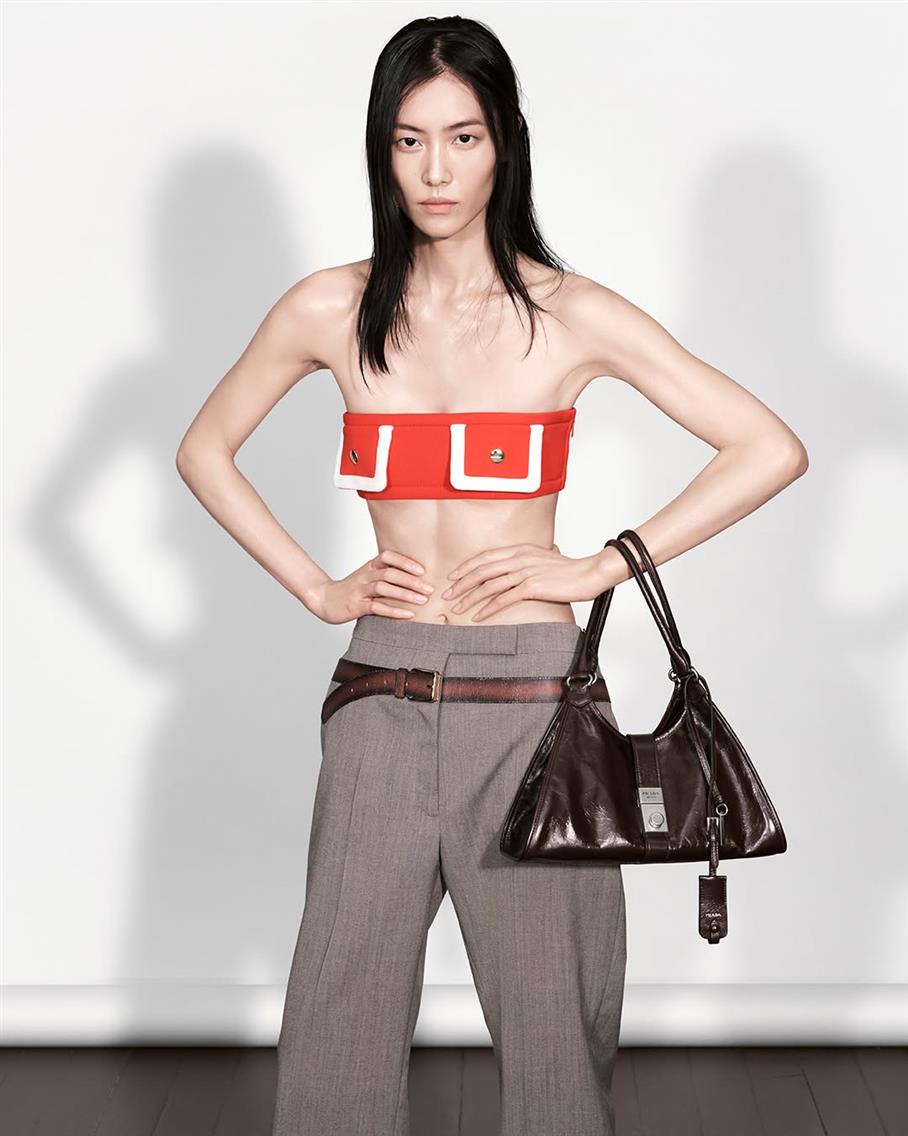
Test, Measure, and Refine
Don’t rely on assumptions. Continuously analyze seasonal campaign performance, from ad click-through rates to website conversion rates, adjusting in real-time based on hard data.
Metrics to track:
- Seasonal ad CTR & ROI
- Landing page conversion rates per seasonal theme
- Email open and engagement rates for seasonal promotions
Cross-Channel Coordination
Multi-channel consistency is critical. Your message should be coherent across email marketing, social media channels, ads, and website visuals, maximizing clarity and reinforcing seasonal themes throughout every touchpoint.
Your Next Step: Master Holiday-Driven Marketing
Seasonal marketing goes hand-in-hand with holiday-driven marketing. To extend your strategic advantage, dive deeper into the tactics behind major event opportunities — read our in-depth guide to holiday marketing and effectively harness event-driven consumer behavior.
